“The best part of Neighborday? The day after. We say hi when we run into each other on the block.”
On April 27, 2013, the GOOD community held an experiment: What if, for one day, people felt they had the permission to engage with their neighbors? We called that day Neighborday, and we tasked GOOD community members to find a way to inspire their neighbors to engage with each other. To say hello, to exchange phone numbers, to garden together, to share a meal. The idea: if neighbors got together once, they’d keep doing it, and invite more people to join in.
Based on a survey of some of our most enthusiastic participants, our Neighborday instigators had one thing in common: whether they’d lived there for one year or 10, they care about their neighborhood. 80 percent of them are proud of where they live, 85 percent of them exchange information (like recommendations for babysitters) and 85 percent of them know three or more of their neighbors’ names. They’re mostly from cities, big and small, and they feel like their neighborhood is pretty safe.
But otherwise, they were a diverse bunch, and so were their neighborhoods:
- Some (30 percent) don’t volunteer at all in their neighborhoods, but 13 percent volunteer 10 or more hours of their time a week.
- More than half (52.5 percent) occasionally loan or borrow something to or from their neighbors, but 31 percent have never done so.
- Most (62 percent) feel they are looking out for their neighbors, and their neighbors are looking out for them.
- Most (69 percent) feel a sense of belonging in their neighborhoods.
- 35 percent never see kids playing unsupervised in their neighborhoods; another 35 percent say they see them “occasionally.”
- Only 32 percent thought their neighbors were “like them”—half said they felt “neutral” on the subject.
“For me, the best part was sharing an interesting part of who you are with a perfect stranger. Sometimes everyday life doesn't allow for people to stop and learn from each other.”
Nearly every Neighborday participant who responded to our survey questions said they’d participate again. Over and over, they told us that what they loved most about the day was the opportunity to take time away from their regular schedules and habits to interact with people whom they’d never met before, but who lived in the same neighborhood.
You might notice that these tidbits about our Neighborday community members, and the places where they live, have a lot in common with one Neighboring big idea: social capital. In fact, what we found was that many of our ringleaders had some social capital on which to build. The components of social capital are: trust (feeling safe around and because of each other); reciprocity (helping each other); information sharing; and sharing an identity (feeling like you’re all in it together). So, when half of our participants say they share with their neighbors, or feel a sense of belonging where they live, or when nearly all of our participants tell us that they are proud of their neighborhood and exchange useful information, what they are also telling us is that they have social capital. Since social capital, to use game theory terms, is about “repeat play”—knowing you’ll see your neighbors again, or that your interactions and behaviors will get back to other neighbors who talk to each other—the only way to build social capital with your neighbors is to socialize.
As we explained in These Four Big Ideas are the Cornerstones of Good Neighboring, “People who think about neighborhood social capital talk about ‘eyes on the street’: people watching out for each other, noticing when something’s out of place, sharing what’s going on, which makes you feel safe and confident in the quiet support of your neighbors.”
This might be sounding familiar to you for another reason: social capital has been in the news a lot lately, but not exactly in those terms. At WBUR’s website Cognoscenti, Ethan Gilsdorf says that he’s responding to the mistrust that’s been growing in him after the Boston bombings by cultivating more interactions with others, not less. His steps for “radical trust” look just like what our community did for Neighborday, and it’s a powerful way to both make our communities safer and make sure that those who are struggling get the support they need.
And it’s not just violence that is prompting thinkers to revisit the importance of social capital. Natural disasters like Hurricane Sandy or the recent tornado in Moore, Oklahoma, remind us more than ever that looking out for each other is part of the job of every neighbor. The O’Neill sisters, who supported their town of Monson, Massachusetts, in recovering from a tornado in 2011, have recently added a “Helpful Neighbor” component to their recovers.org website because neighborhoods in which neighbors look out for each other are more resilient.
And that’s the key word. Resilience. Last year, Richard Florida interviewed Andrew Zolli for Atlantic Cities, about the idea of resilience. Zolli explains, in the interview and in his book, Resilience: Why Things Bounce Back, about the ability of a place and the community to weather a storm—whether literally, or metaphorically—to survive and even thrive after disruption. Resilience is partly about roads, levees, and shelters, preparations for big disasters, but it’s also about networks. Because disasters are different every time, because everyday setbacks can disrupt one neighborhood just as much as a big storm, and because cities in particular are so complex, a big part of resilience has to be people helping each other. So if you already know that your neighbor on the third floor uses a wheelchair, or babysits their two nephews every Thursday evening, then you’ll be more equipped to help them. If you already have their phone numbers, you’ll be able to check in. And if you already share a garden, or a toolset, then you’ll be more ready to help each other rebuild and recover.
Networks, Zolli says, have to be built before you need them.
And that’s just what we hope you started to do on Neighborday.















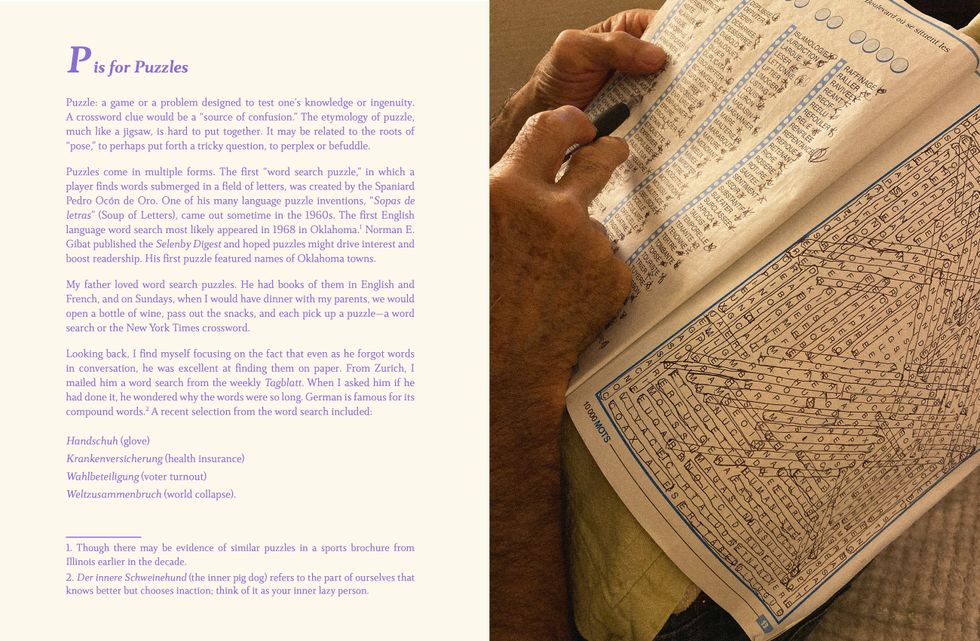 Selection from Magali Duzant's La vie is like thatMagali Duzant
Selection from Magali Duzant's La vie is like thatMagali Duzant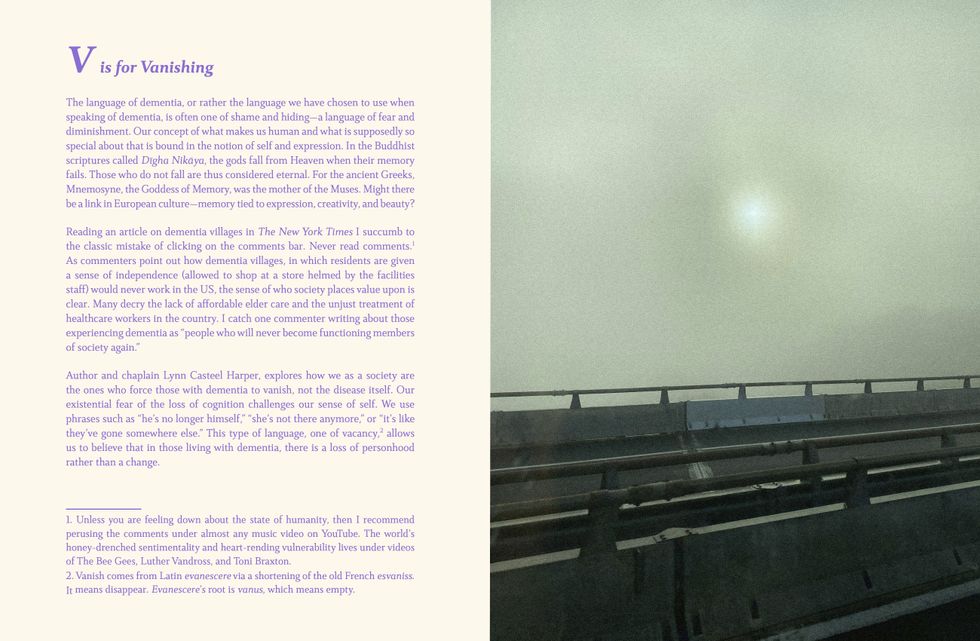 Selection from Magali Duzant's La vie is like thatMagali Duzant
Selection from Magali Duzant's La vie is like thatMagali Duzant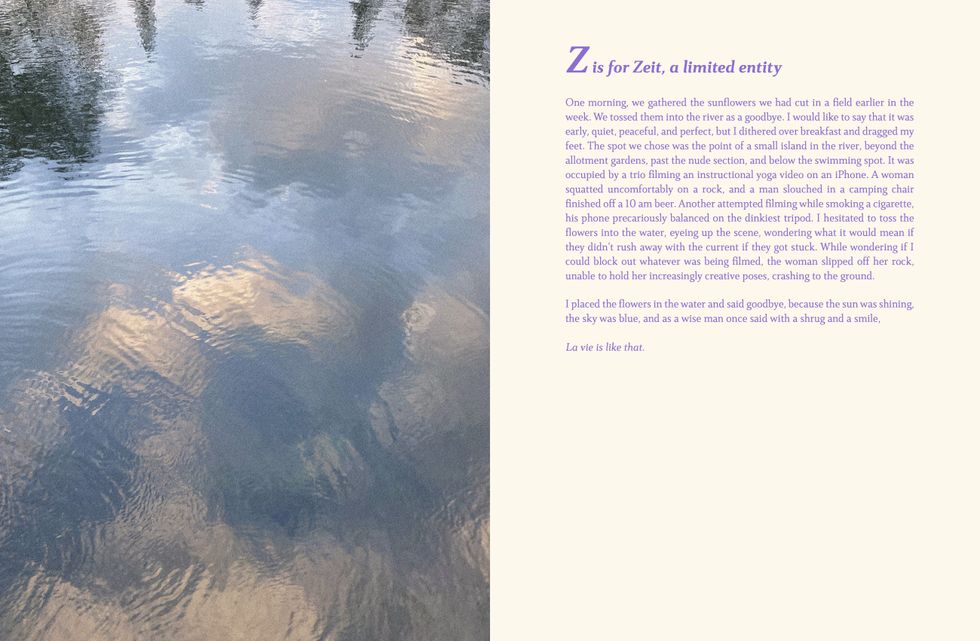 Selection from Magali Duzant's La vie is like thatMagali Duzant
Selection from Magali Duzant's La vie is like thatMagali Duzant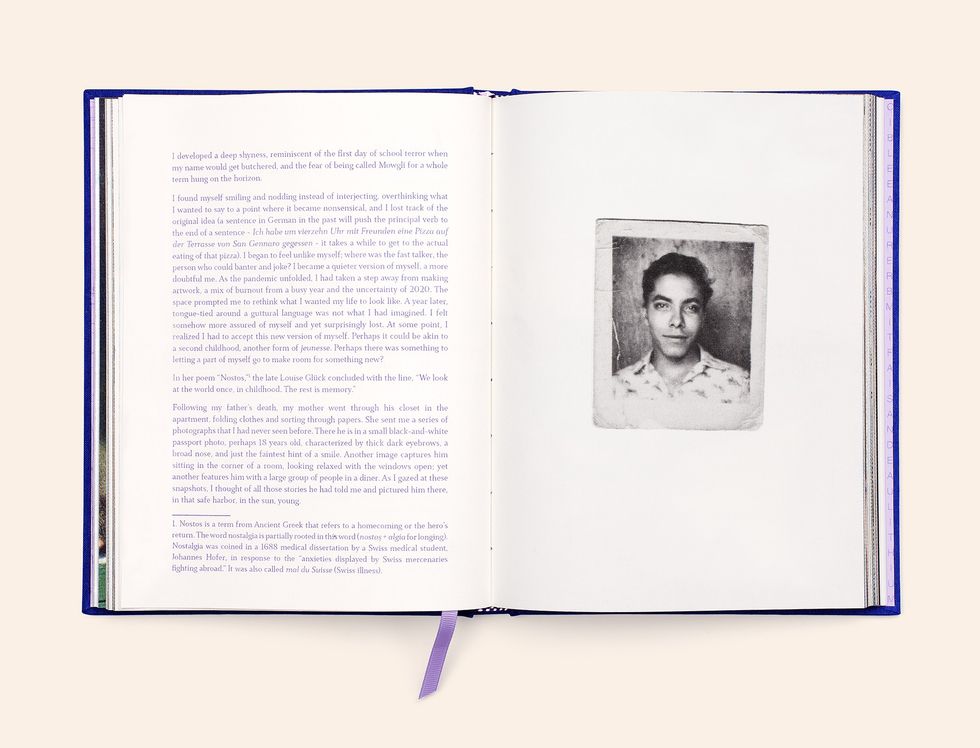 Selection from Magali Duzant's La vie is like that featuring her father, Jean Gérard Benoît Duzant, as a young man.Magali Duzant
Selection from Magali Duzant's La vie is like that featuring her father, Jean Gérard Benoît Duzant, as a young man.Magali Duzant
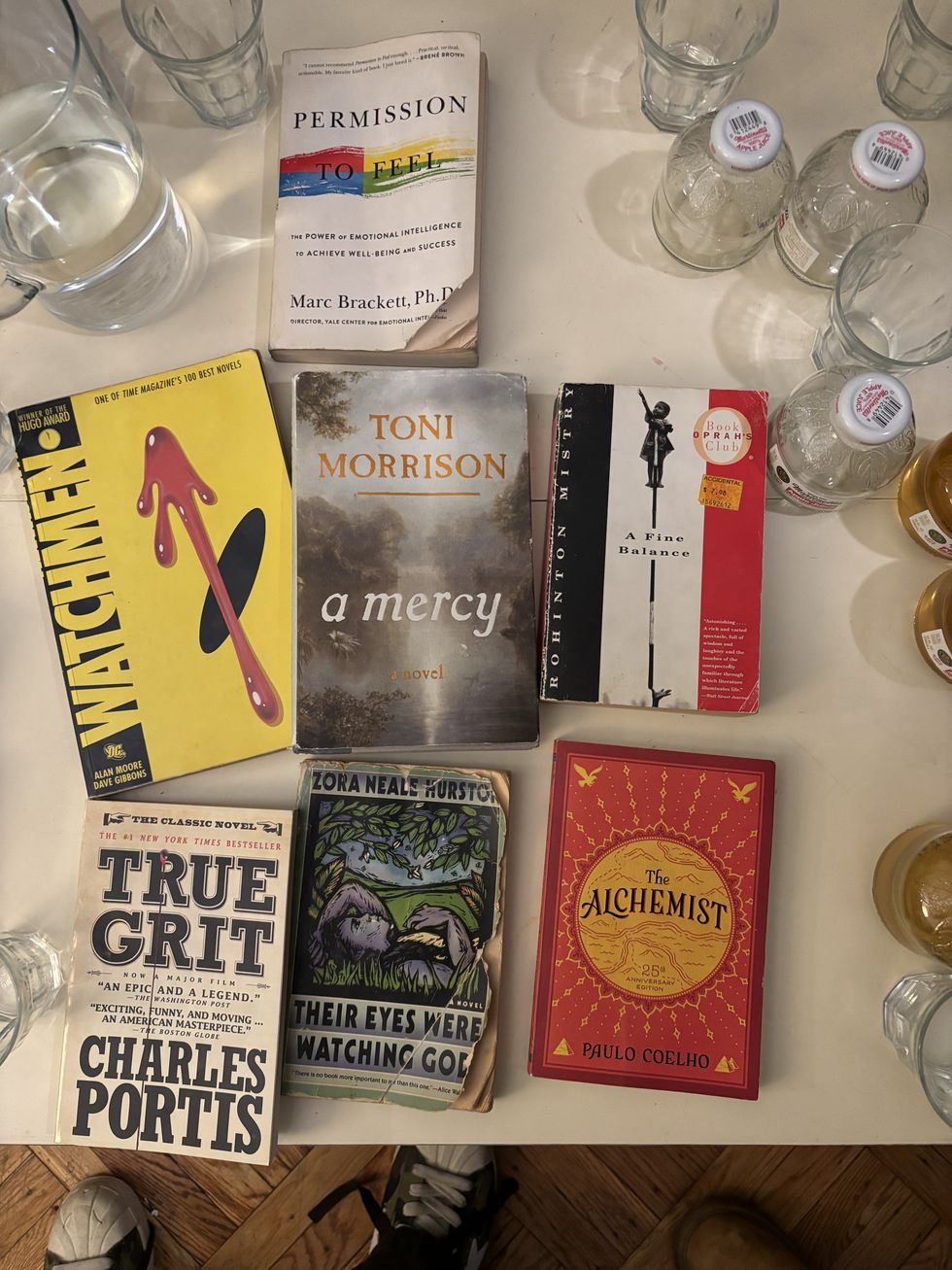 Books at the first meeting of the Fiction Revival book clubYahdon Israel
Books at the first meeting of the Fiction Revival book clubYahdon Israel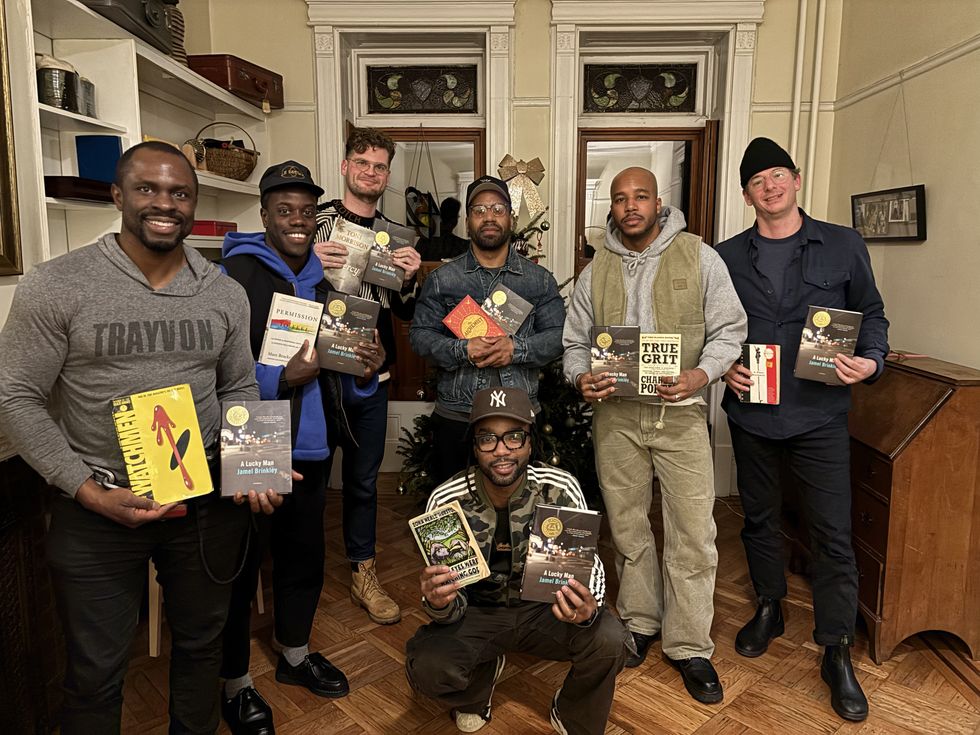 Attendees at the first Fiction Revival meeting.Yahdon Israel
Attendees at the first Fiction Revival meeting.Yahdon Israel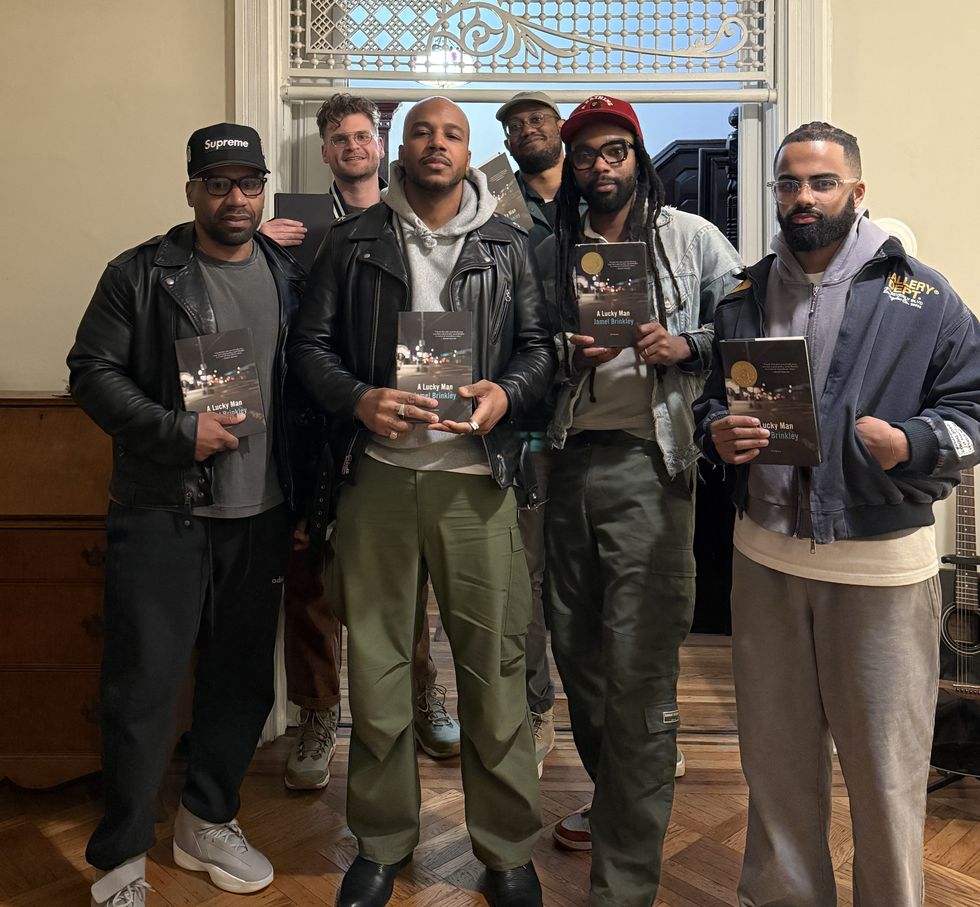 Attendees at the second Fiction Revival meeting.Yahdon Israel
Attendees at the second Fiction Revival meeting.Yahdon Israel




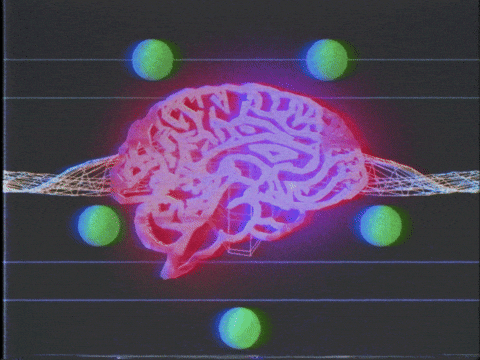 Big Brain GIF by Jay Sprogell
Big Brain GIF by Jay Sprogell